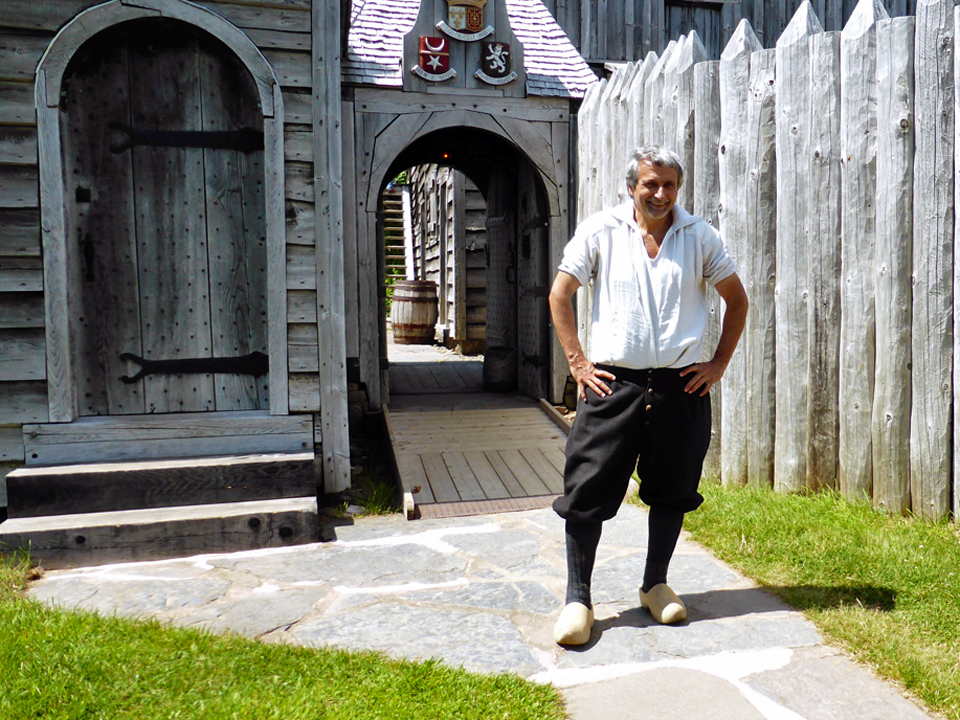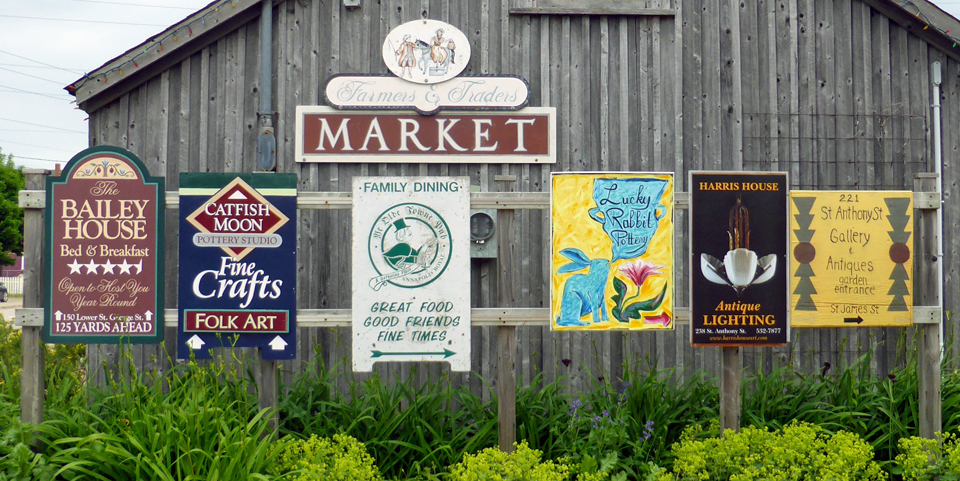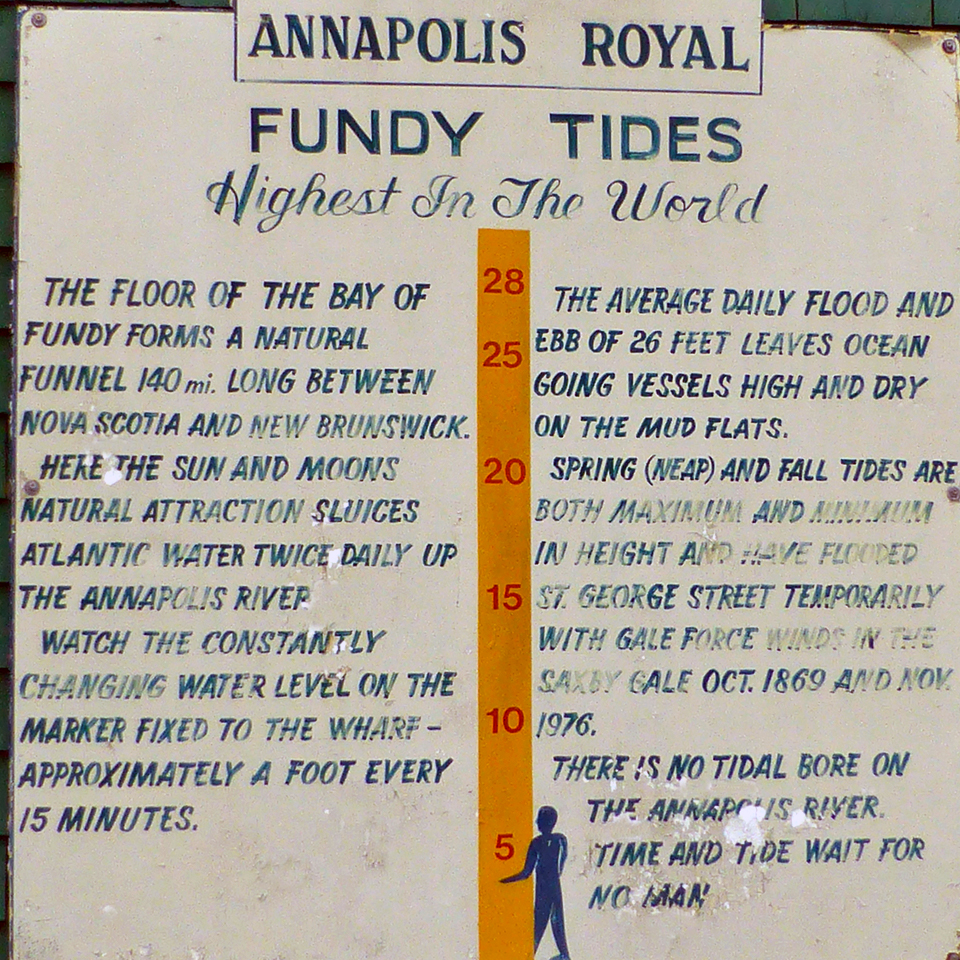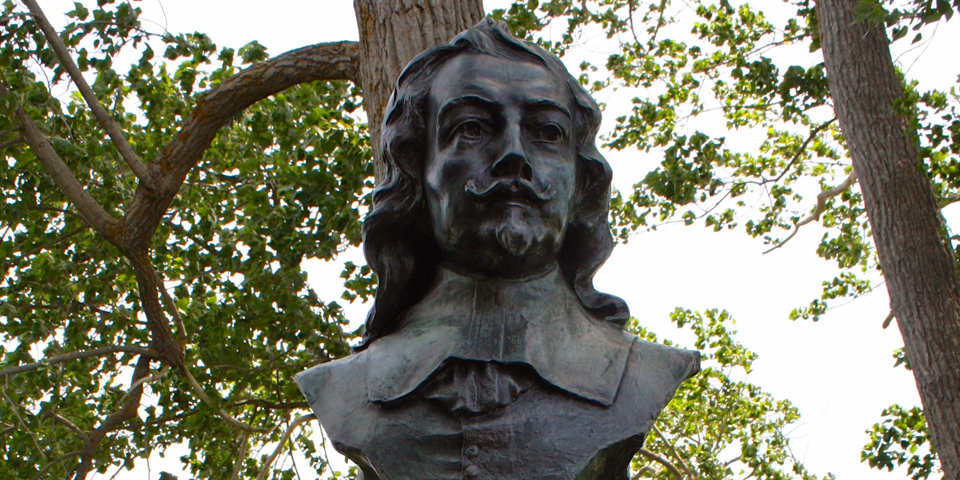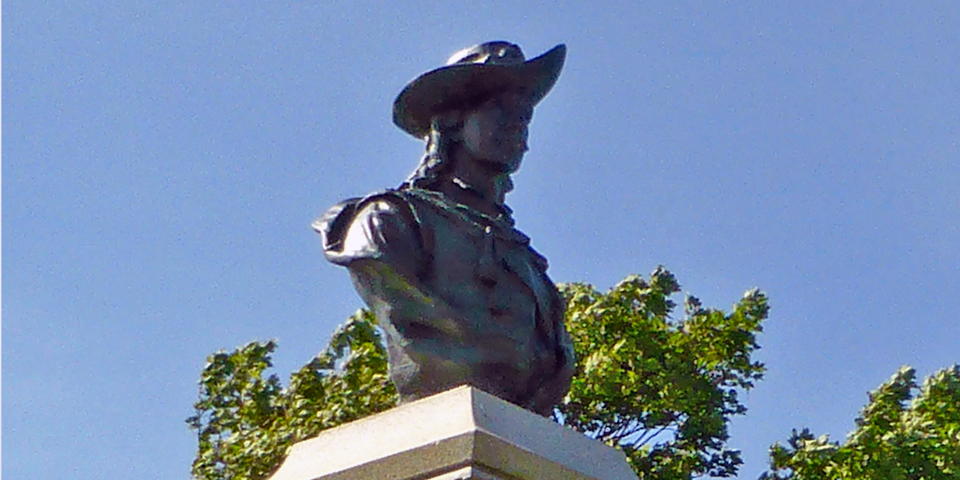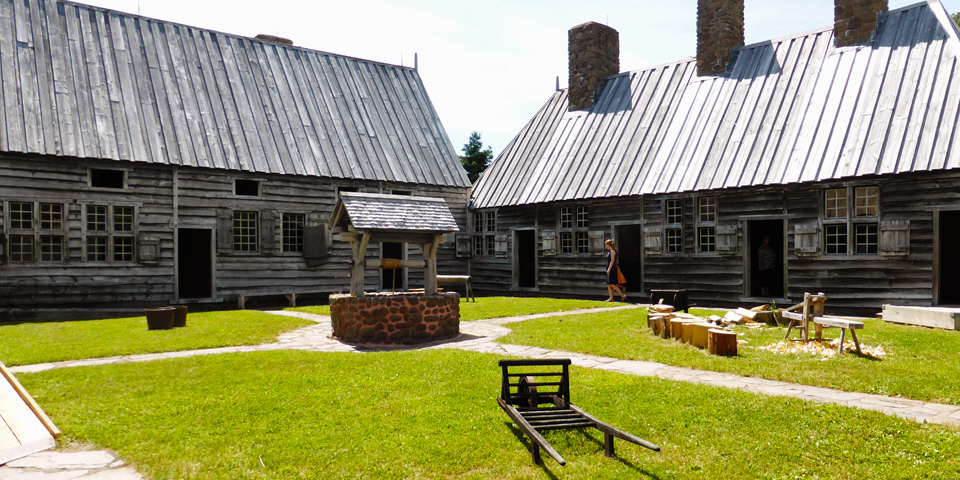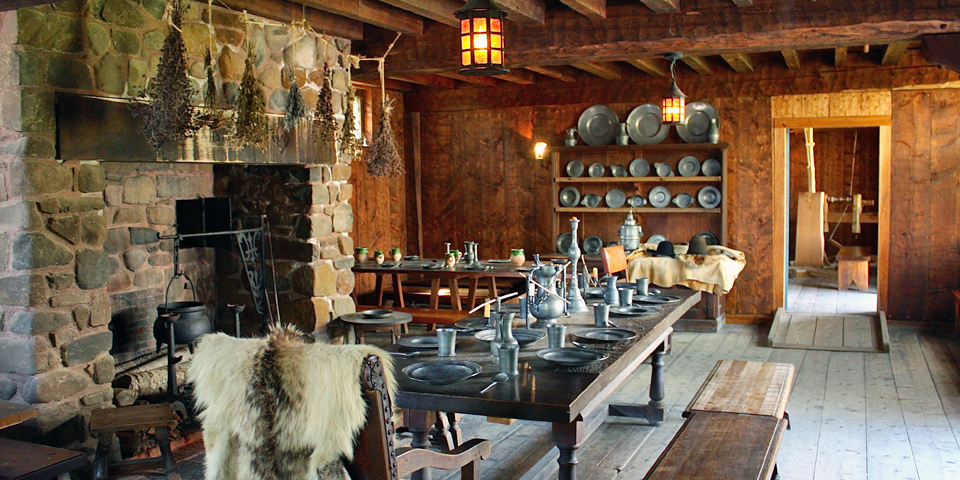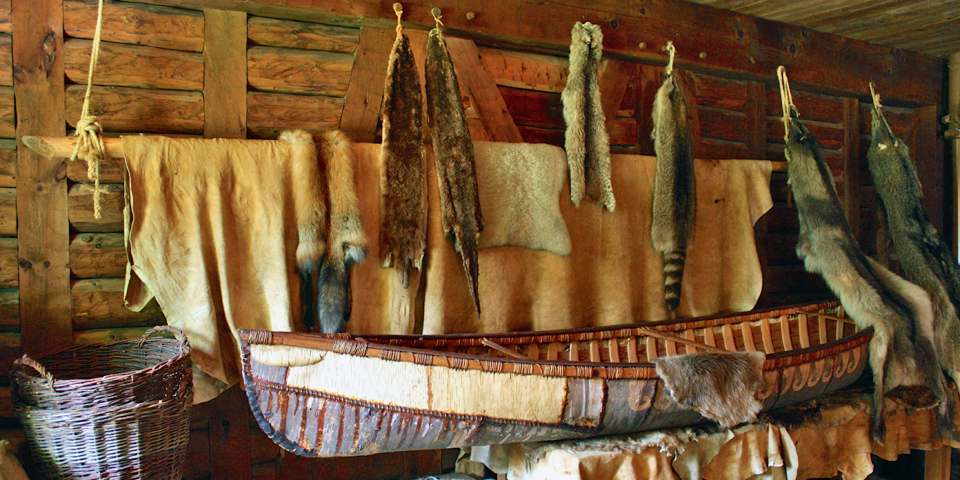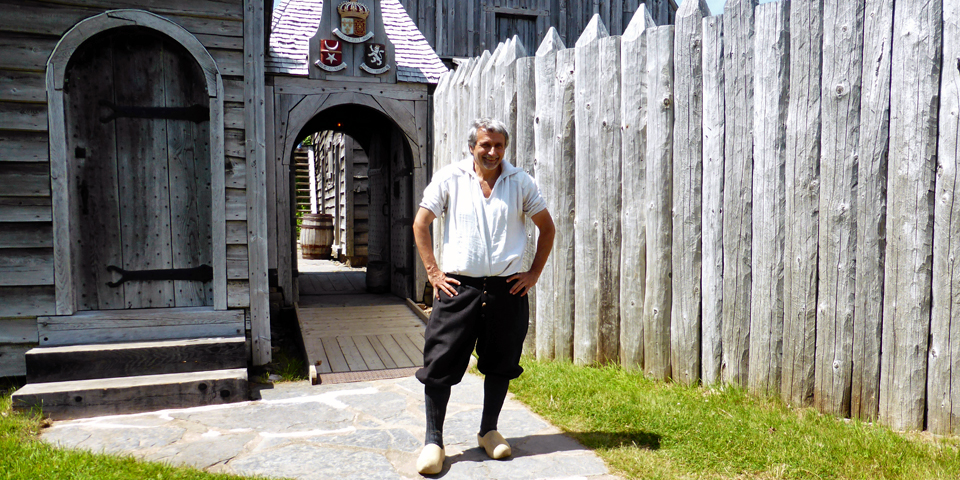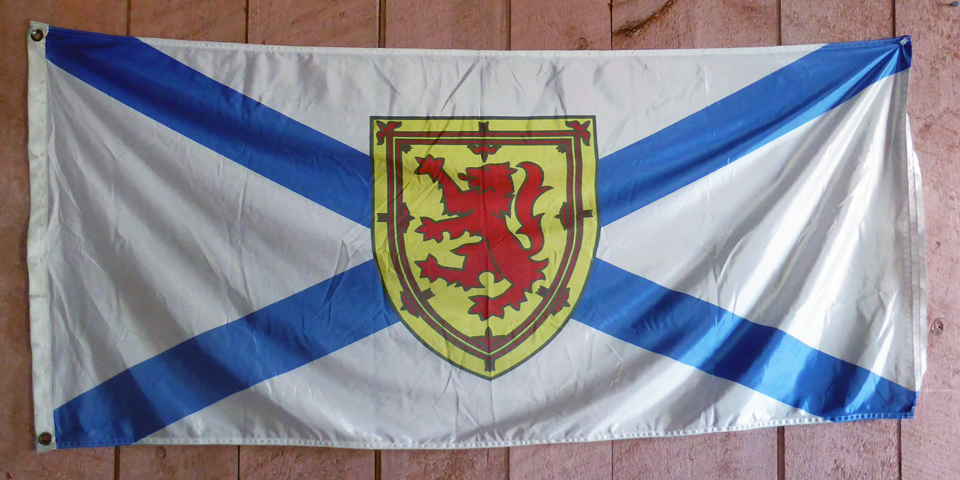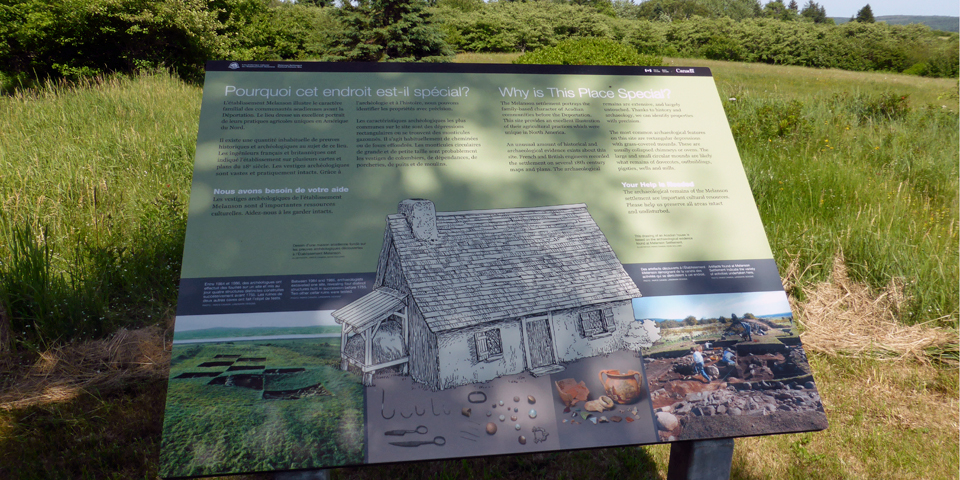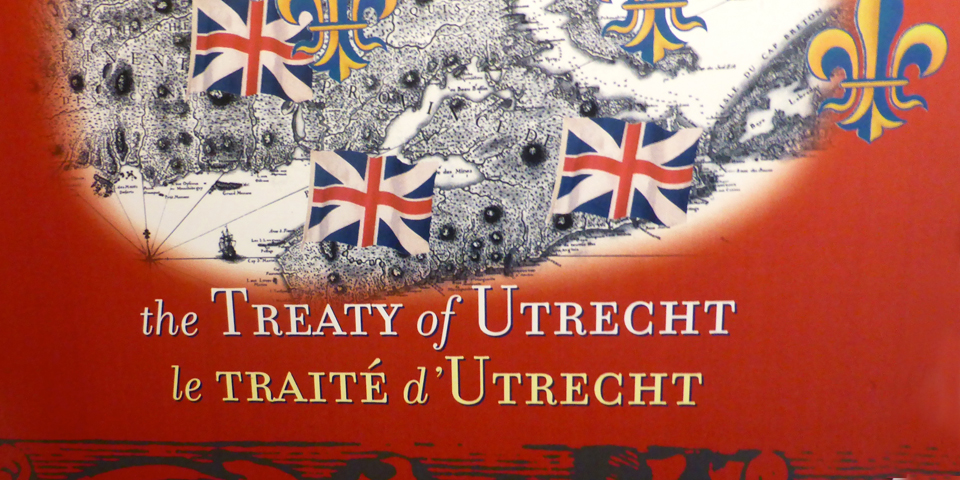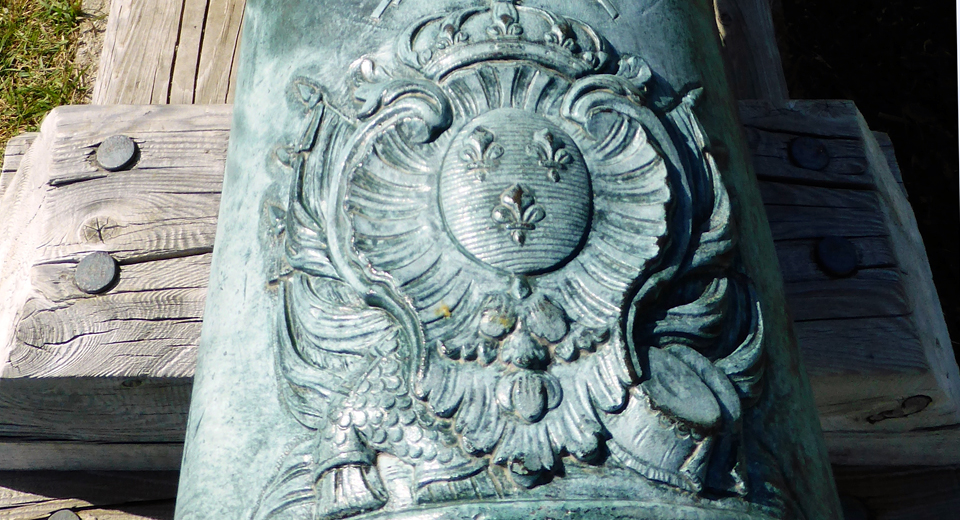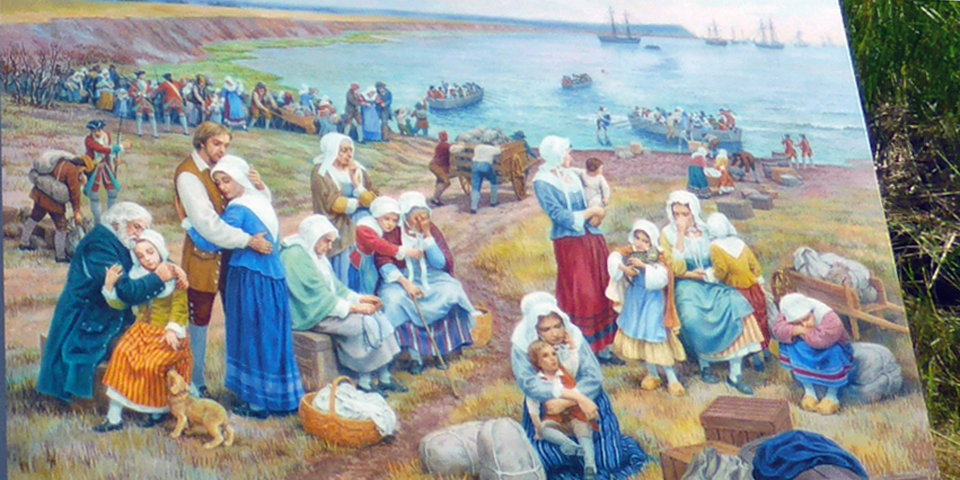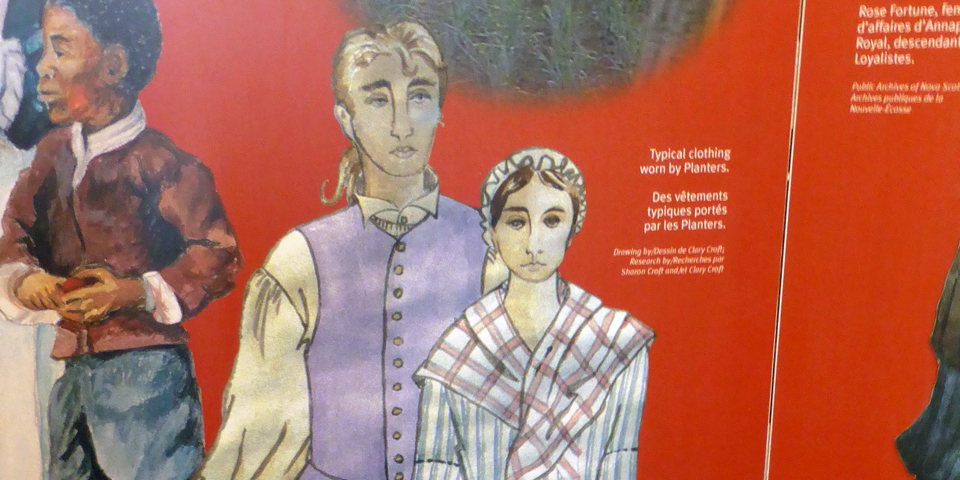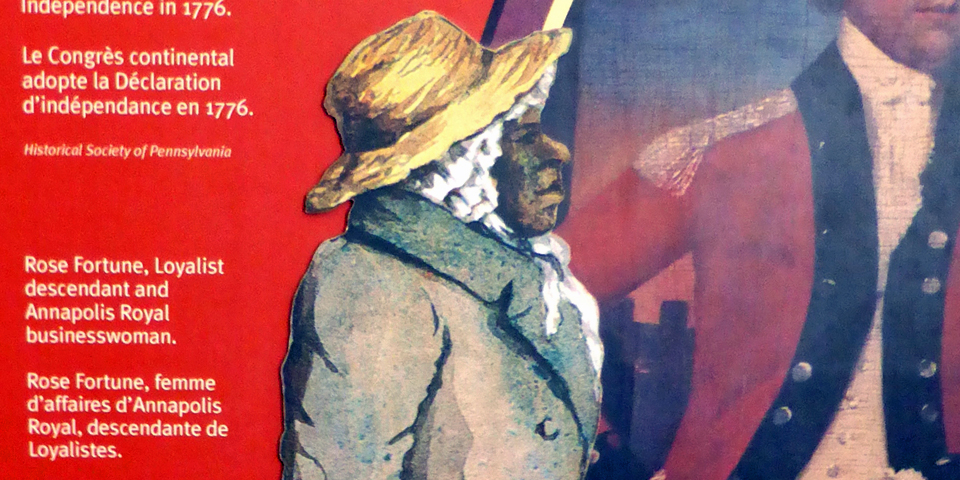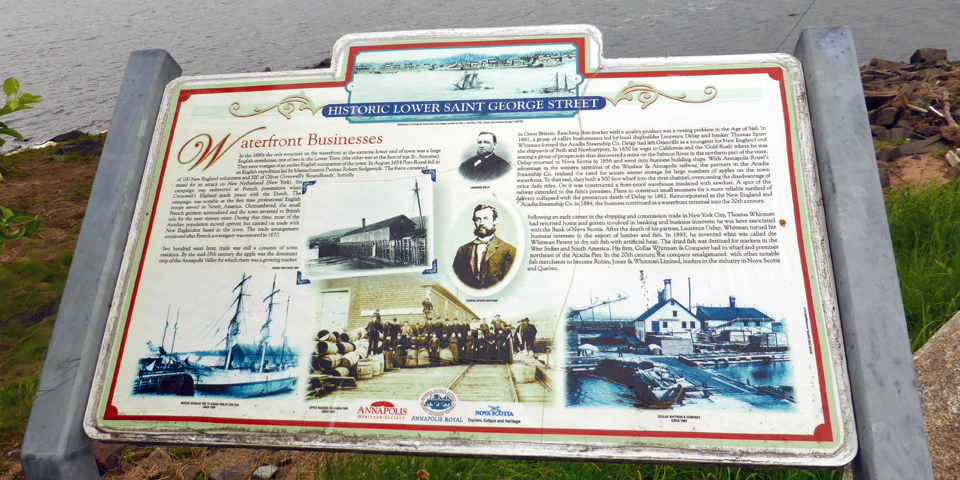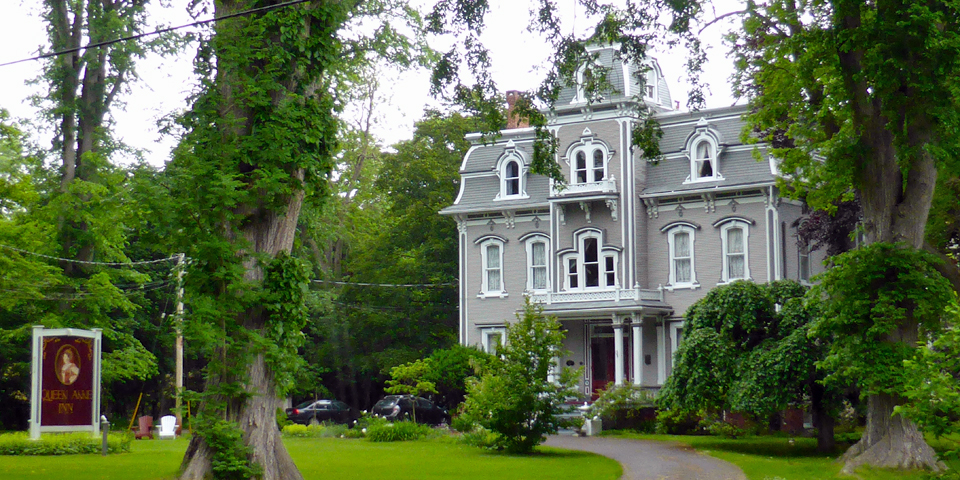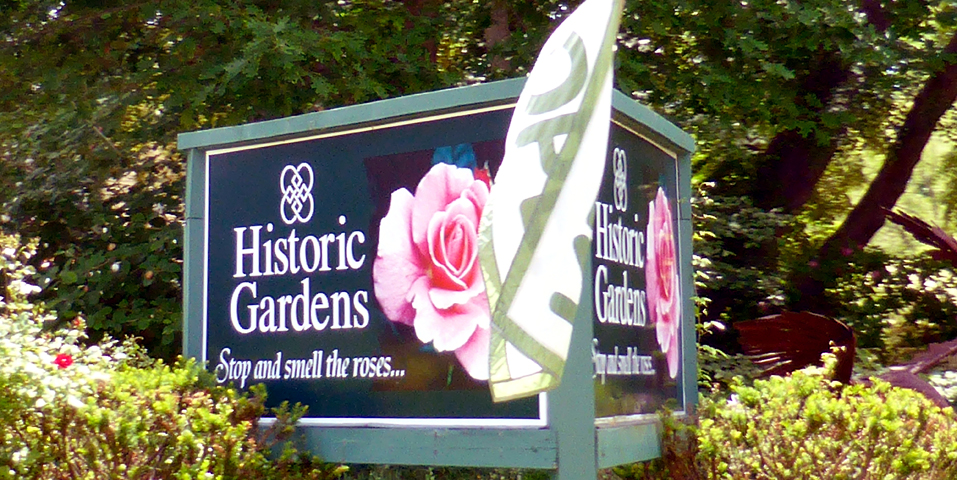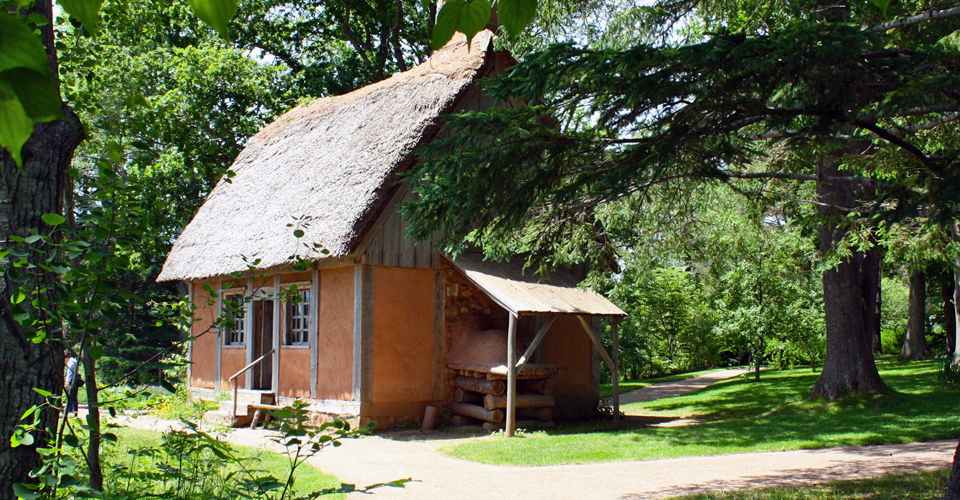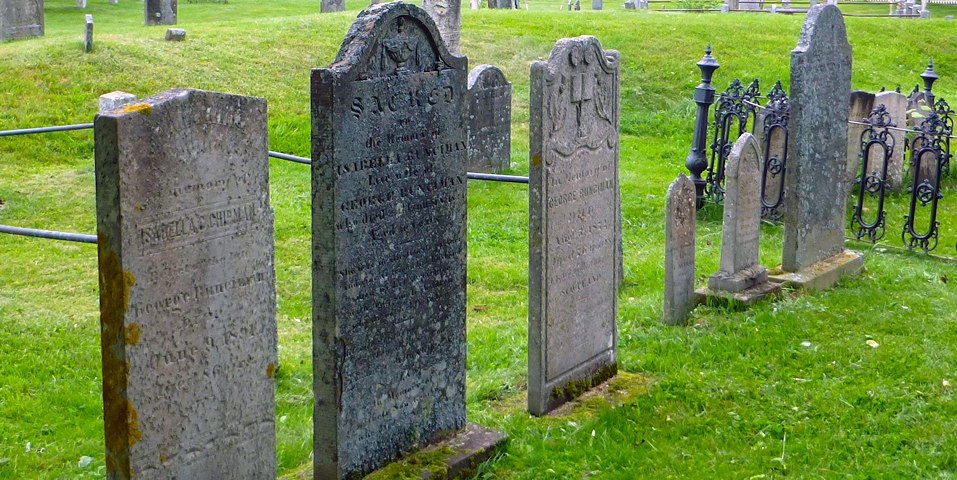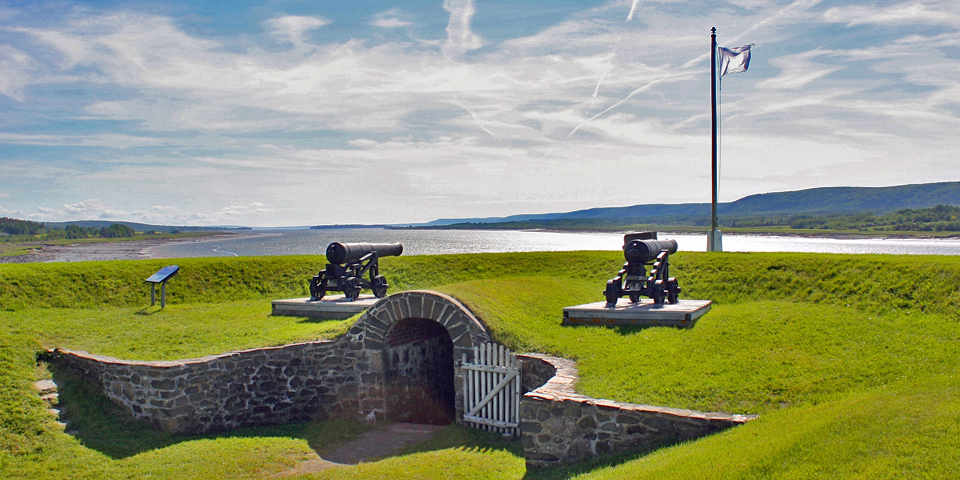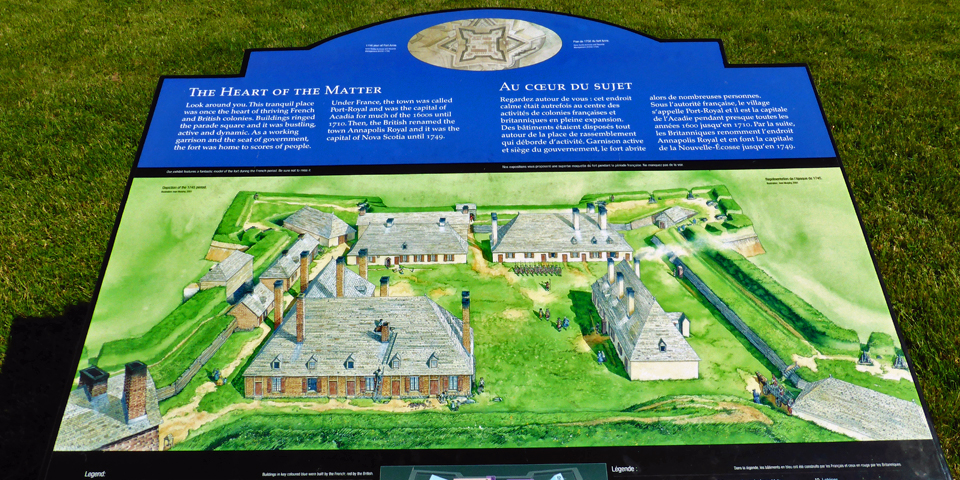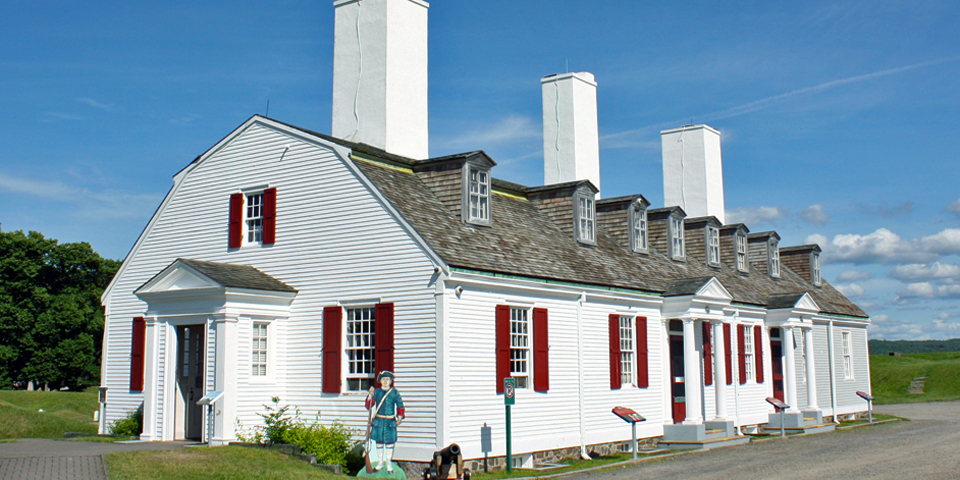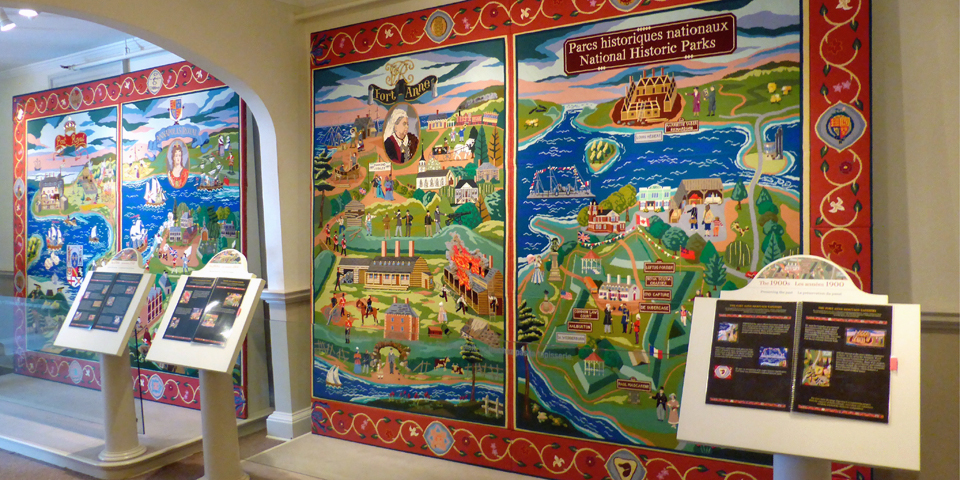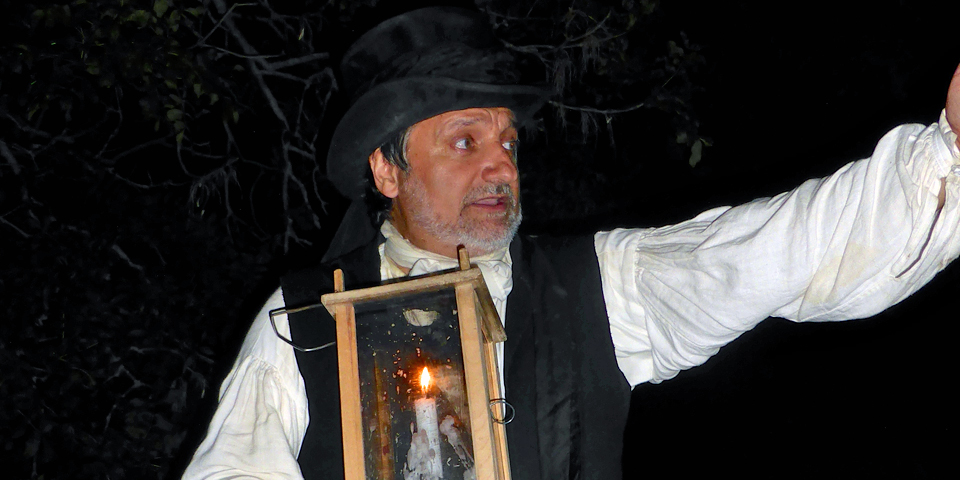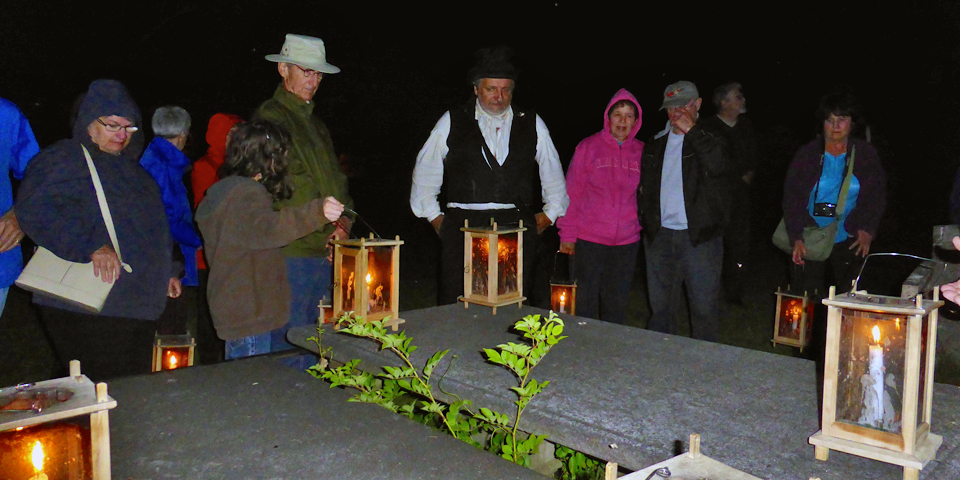A perfect day in Annapolis Royal, Nova Scotia
Historic Annapolis Royal‘s seaside setting and well-preserved heritage buildings have made it a center for cultural activity, artists, craftspeople, and performers.
It is also a tech center as the site of the world’s tallest tides and the only tidal power plant in North America.
The Annapolis Tidal Generating Station Interpretive Centre is the place to learn how the power of the Bay of Fundy’s tides are harnessed to provide electricity to power 4,500 homes.
From there we drove to Port Royal National Historic Site, a reconstruction of the province’s first European settlement, established for the French king in 1605 by Sieur de Mons and Samuel de Champlain in exchange for exclusive fur trading rights.
Champlain co-founded North America’s first social club here, the Order of Good Cheer, with feasts and performances, to help the all-male group and male Mi’kmaq guests get through hardships of winter.
There are period demonstrations and costumed interpreters like Wayne Melanson, who can quote his Acadian heritage back 10 generations.
From the War of the Grand Alliance in 1689 to the end of the Seven Years War in 1763, the 17th and 18th century struggle for territorial supremacy between France and England let to thirteen attacks — more than anywhere else in North America, and control of this region changed several times.
Acadie was in a strategic position between New England and New France, important North Atlantic fisheries and the Gulf of St. Lawrence and fur trade routes. Port Royal was also a base for the privateers who attacked New England ships during wars.
King James I of England authorized a Scottish settlement in the early 1600s . They came here in 1629 to found New Scotland, giving rise to the name Nova Scotia and the coat of arms now on the province’s flag.
The Melanson Settlement National Historic Site, just down the road from the Port Royal National Historic Site, was an Acadian family settlement before the Great Expulsion. After the French regained control in 1632, Acadian families settled along the river and created an identity based on dyking and farming the rich marshlands. They intermarried with the Mi’kmaq, creating strong alliances.
Europe’s War of Spanish Succession and the signing of the Treaty of Utrecht brought back to British rule in 1713…
…and a new name, Annapolis Royal, for Queen Anne.
Control went back and forth between the British and French. Halifax was founded, replacing Annapolis Royal as province’s military center.
The British regained control after the Seven Year’s War (French and Indian War, 1756-1763) and despite the interactions and intermarriages between the two groups in this area, in 1755, with pressure from New England to control the power of the French, the British expelled all who would not swear allegiance to the British crown.
As a result, over 1600 Acadians, including the ones from this village, were deported to other British colonies farther south, generally New England, New York, or the Carolinas, in what is known as Le Grand Dérangement, or Great Expulsion of 1755. Some migrated to Louisiana, which was then still French, and became known as Cajuns.
Acadians were allowed to return to Nova Scotia after the war, but by then New England Planters, who had arrived in the 1760s after been offered land allotments to resettle the area, occupied most of their their former terrain. (The Pubnicos, mentioned above, were an exception and remains Acadian.) Soon thereafter, British Loyalists fleeing the American Revolution sought refuge here.
Annapolis Royal experienced peace and prosperity in its 19th century Golden Age. It became the western terminus of the Windsor and Annapolis Railway, which connected freight and shipping and spurred businesses like shipbuilding, fish processing, an iron foundry, carriages, pianos, and clocks. Wealthy residents built large homes, some now charming inns, along upper St. George Street, one of the oldest streets in North America.
The Annapolis Royal Historic Gardens, also on St. George Street, is a 17 acre site…
with highlights including the Rose Collection…
and reconstructed 1671 Acadian cottage.
We checked into the Garrison House Inn, also on St, George Street. It is across the street from the historic graveyard…
and the heritage buildings and public park at the Fort Anne National Historic Site, Canada’s oldest National Historic Site.
Over 100 volunteers preserved Annapolis Royal’s culture and heritage by depicting its people and events in its Fort Anne Heritage tapestry. Queen Elizabeth II herself added some stitches during her visit.
That evening we returned to the graveyard for the popular Candlelight Graveyard Tour. Tenth generation Acadian Alan Melanson, twin brother of Wayne at Port Royal, dresses in 19th century mourning clothes to reveal the area’s history through tales of the people buried there.
But first, back at the Garrison House Inn, we feasted on more of the Bay of Fundy’s bounty with a beautifully presented dinner of Digby scallops at the Garrison Grill Restaurant.
seared Digby scallops with garlic and tarragon and seasonal vegetables, Garrison Grill Restaurant, Annapolis Royal, Nova Scotia

